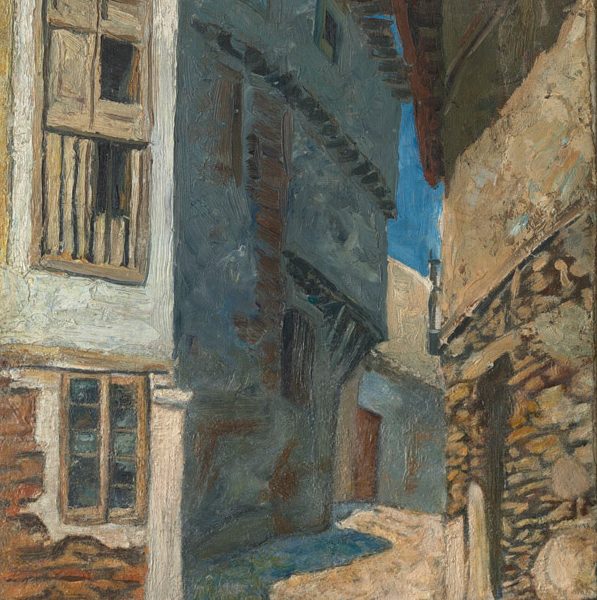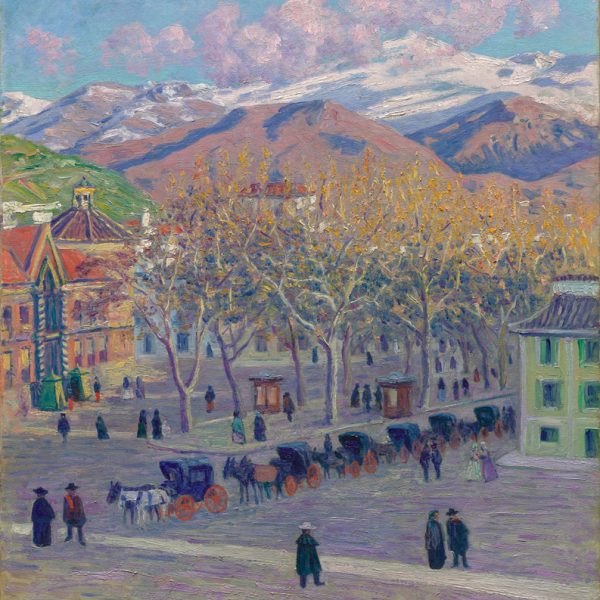REGOYOS Y VALDÉS, Darío de
(Ribadesella-Asturias, 1857-Barcelona, 1913)
The painter Darío de Regoyos y Valdés was one of the driving forces behind modernised painting in the transition from the 19th to 20th centuries. His works are associated with a personal pre-Expressionism—in some ways similar to Symbolism—which gave rise to his themes of “España negra” (bleak Spain), as well as with Impressionism and Post-Impressionism. He particularly stands out for his ability to interpret light and the modernity of his themes.
Even though he was born in Asturias, Darío de Regoyos lived in different places, most notably Brussels, the Basque Country and Barcelona towards the end of his life. He started his training at the San Fernando Fine Arts School in Madrid. Encouraged by his master, Carlos de Haes, and especially by his friend, the musician Enrique Fernández Arbós, he moved to Brussels in 1879. There he was a disciple of Joseph Quinaux and attended the drawing classes of Joseph van Severdonck at the École Royale des Beaux-Arts.
He lived in the capital of Belgium for long stretches until the early 1890s and joined the modern artistic trends of his day through his relationships with the patron and collector Edmond Picard and artists and literati like Émile Verhaeren, Théo van Rysselberghe, Constantin Meunier, Georges Rodenbach and Maurice Maeterlinck. He was also a member of the groups L’Essor (1881–1883), Les XX (1883–1893) and La Libre Esthétique (1893), which spearheaded the country’s artistic, musical and literary modernity. After 1880, he also had close ties to the Basque Country, where he married and contributed to updating the art and spurring exhibition activity, particularly after the 1890s.
A tireless traveller, in 1899 he published his celebrated España negra, an illustrated book that summarises his impressions from the journey he took with Émile Verhaeren around Spain in 1888.


